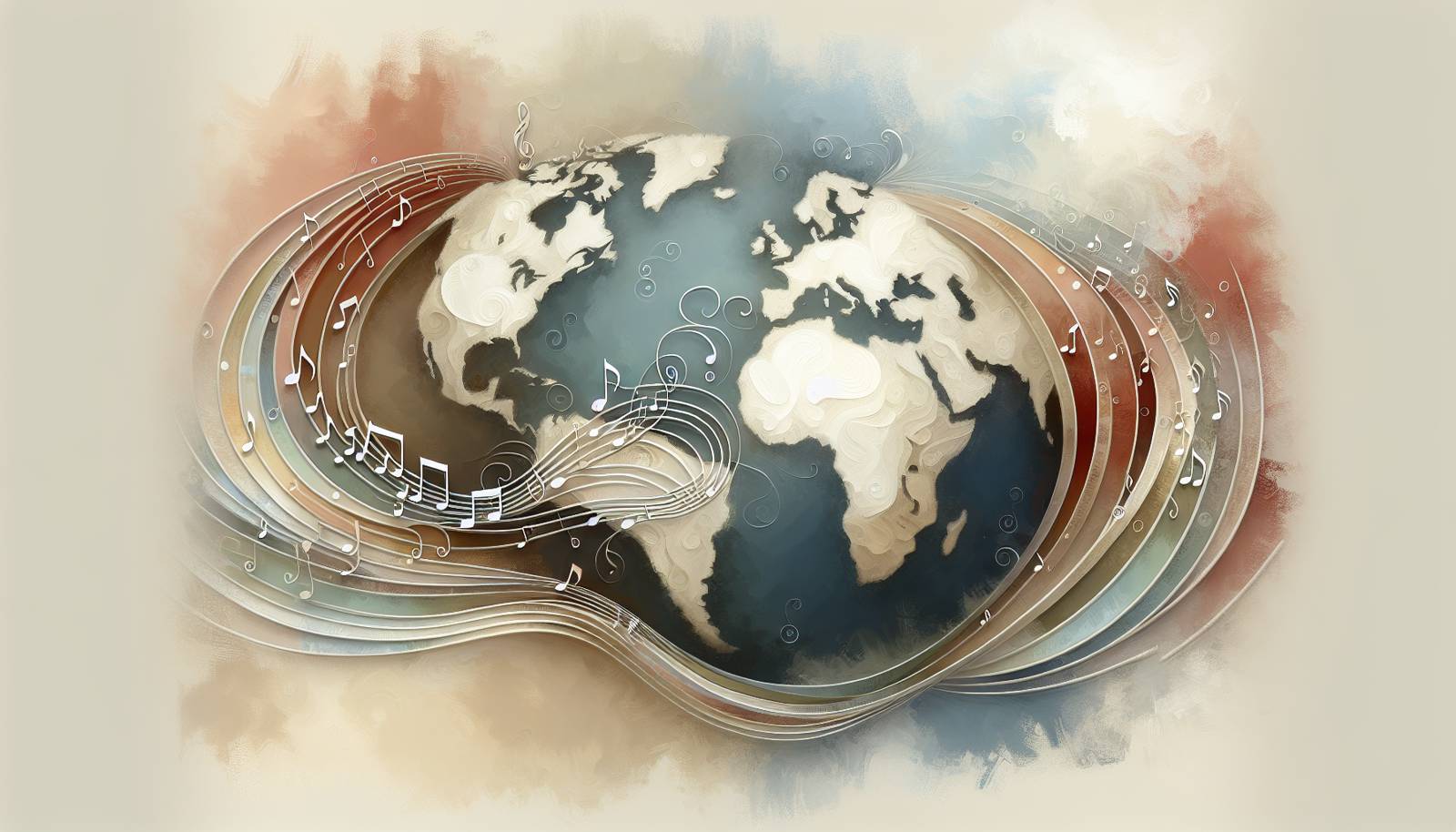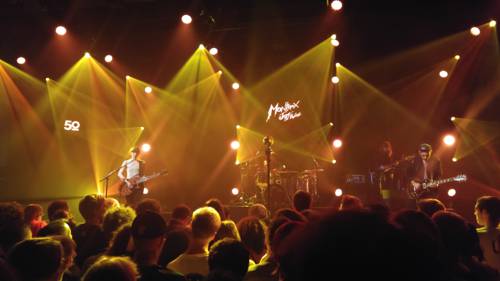
FAQ About Cultural Impact of Jazz Festivals Worldwide

What is the cultural significance of jazz festivals?
Jazz festivals serve as a platform for cultural expression and preservation of jazz music's rich heritage. They are instrumental in celebrating the diversity within the jazz genre and in promoting cultural exchange between artists and audiences from around the world. These festivals often feature performances that highlight both traditional and contemporary jazz, helping to sustain the music’s evolving nature while keeping its roots alive.

How do jazz festivals influence local art scenes?
Jazz festivals often act as catalysts for local creative industries. They attract artists and audiences to host cities, encouraging cross-pollination between local and visiting musicians. This can lead to collaborations, workshops, and an increased interest in jazz music and culture within the local community. By hosting such large gatherings, jazz festivals can also boost tourism and local economies, thereby supporting other forms of art and culture in the area.

What are some of the most iconic jazz festivals worldwide?
Some of the most iconic jazz festivals include the Montreux Jazz Festival in Switzerland, the Newport Jazz Festival in the United States, and the North Sea Jazz Festival in the Netherlands. These festivals are renowned for their rich historical backgrounds, diverse line-ups, and significant contributions to the global jazz scene. They feature performances by legendary jazz artists and rising talents, making them pivotal events in the jazz calendar each year.

How have jazz festivals evolved over time?
Jazz festivals have evolved from small, local celebrations of jazz to major international events that draw artists and audiences from all over the world. Initially focused on traditional jazz, many festivals have expanded their scope to include a broad range of genres and styles, reflecting the evolving nature of jazz music itself. Modern festivals often incorporate elements such as educational workshops, panel discussions, and multidisciplinary art installations, enhancing the cultural experience for attendees.

Why are jazz festivals important for cultural exchange?
Jazz festivals facilitate cultural exchange by bringing together artists and audiences from diverse backgrounds. They provide a space for dialogue and collaboration, enabling musicians to share their unique interpretations of jazz and to learn from one another. This exchange enriches the global jazz community and promotes mutual understanding and appreciation of different cultural perspectives.

What role do jazz festivals play in jazz education?
Many jazz festivals offer educational programs that include workshops, masterclasses, and lectures, providing learning opportunities for both aspiring musicians and enthusiasts. These programs often feature acclaimed musicians and educators who impart knowledge about jazz theory, history, and performance techniques. By integrating education into their events, jazz festivals help nurture the next generation of jazz artists and fans.

How do jazz festivals benefit local economies?
Jazz festivals can significantly boost local economies by attracting tourists from around the globe. Visitors spend on accommodations, dining, and local attractions, thus generating income for businesses in the host city. In addition, these festivals may create temporary jobs related to event management, hospitality, and security, further contributing to the local economic landscape.

What is the impact of jazz festivals on global tourism?
Jazz festivals act as major attractions, drawing international visitors who travel specifically for the events. This influx of tourists helps promote global tourism by showcasing the host city as a cultural destination. It amplifies the city's visibility on the international stage, potentially attracting future tourists who might not otherwise have considered visiting.

How do jazz festivals incorporate other art forms?
Many jazz festivals have begun to incorporate multidisciplinary collaborations, blending jazz with other art forms such as visual arts, dance, film, and theater. This synergy can result in creative performances and art installations that enrich the festival experience, offering patrons a holistic view of contemporary artistic expression.

What are some challenges faced by jazz festivals?
Organizing a successful jazz festival can involve numerous challenges, including securing funding, attracting top-tier performers, and managing logistics such as sound overreach, crowd control, and venue accessibility. Additionally, competition from other entertainment events and festivals can impact attendance and sponsorship. Festivals must also continually innovate to keep the audience engaged and to maintain relevance in a rapidly changing cultural landscape.

How has the COVID-19 pandemic affected jazz festivals?
The COVID-19 pandemic has led to the cancellation or postponement of many jazz festivals worldwide. In response, some festivals have adapted by offering virtual events and performances online. This shift to digital has allowed festivals to reach global audiences, but it has also posed challenges related to monetization, technology, and maintaining the live music experience.

Why do musicians choose to perform at jazz festivals?
Musicians are drawn to jazz festivals for various reasons, including the opportunity to reach new and diverse audiences, gain exposure, and network with other artists and industry professionals. These festivals provide a platform for artists to showcase their talent and present new material. Performing at reputable festivals can also enhance a musician's credibility and stature within the jazz community.

Are jazz festivals inclusive of different jazz sub-genres?
Yes, modern jazz festivals tend to be inclusive of a wide range of jazz sub-genres, from traditional and swing jazz to more contemporary styles like fusion, bebop, and avant-garde jazz. By featuring a diverse array of jazz forms, festivals appeal to broader audiences and reflect the genre's evolutionary nature.

How do jazz festivals support emerging artists?
Jazz festivals support emerging artists by providing them with platforms to perform alongside established musicians, offering them visibility and networking opportunities at an international level. Many festivals also include competitions, clinics, and workshops tailored for young artists, helping them to hone their craft and gain valuable industry experience.

What is the environmental impact of jazz festivals?
The environmental impact of jazz festivals can vary, depending largely on their size and location. Large-scale events can contribute to pollution and waste if not managed responsibly. However, many festivals are now implementing sustainable practices such as recycling programs, waste reduction strategies, and the use of biodegradable materials to minimize their environmental footprint.

How can jazz festivals contribute to cultural preservation?
Jazz festivals contribute to cultural preservation by promoting the heritage and traditions of the music genre. Through live performances, historical exhibitions, and educational programs, festivals help keep the history and roots of jazz alive for future generations. By doing so, they maintain the cultural relevance and continuity of jazz as a significant artistic form.

What technological advancements are being utilized in jazz festivals?
Jazz festivals increasingly make use of technological advancements to enhance the audience experience. This includes high-quality sound and lighting systems, live streaming for wider reach, virtual reality experiences, and mobile apps for festival navigation and exclusive content. These technologies allow festivals to be more interactive and accessible, extending their cultural impact globally.

In what ways do jazz festivals promote community engagement?
Jazz festivals foster community engagement by involving local artists, businesses, and volunteers in the planning and execution of events. They create inclusive environments where community members can celebrate their cultural heritage and participate in shared experiences. Additionally, free performances and community outreach programs ensure that people from all backgrounds have access to the music and festivities.

What are the typical components of a jazz festival lineup?
A typical jazz festival lineup includes a mix of established and emerging jazz artists performing a variety of styles. Additionally, most festivals include workshops, panel discussions, and jam sessions. Some festivals may also feature collaborations with artists from other genres or visual arts installations, providing attendees with a broad spectrum of cultural and artistic experiences.

How do jazz festivals maintain relevance in changing cultural landscapes?
Jazz festivals maintain relevance by adapting to changing cultural landscapes, incorporating diverse music styles and addressing contemporary issues through themed events. They also stay connected with younger audiences by featuring popular contemporary artists and utilizing social media for promotion. Continuous innovation and responsiveness to audience feedback help festivals sustain their cultural significance over time.
